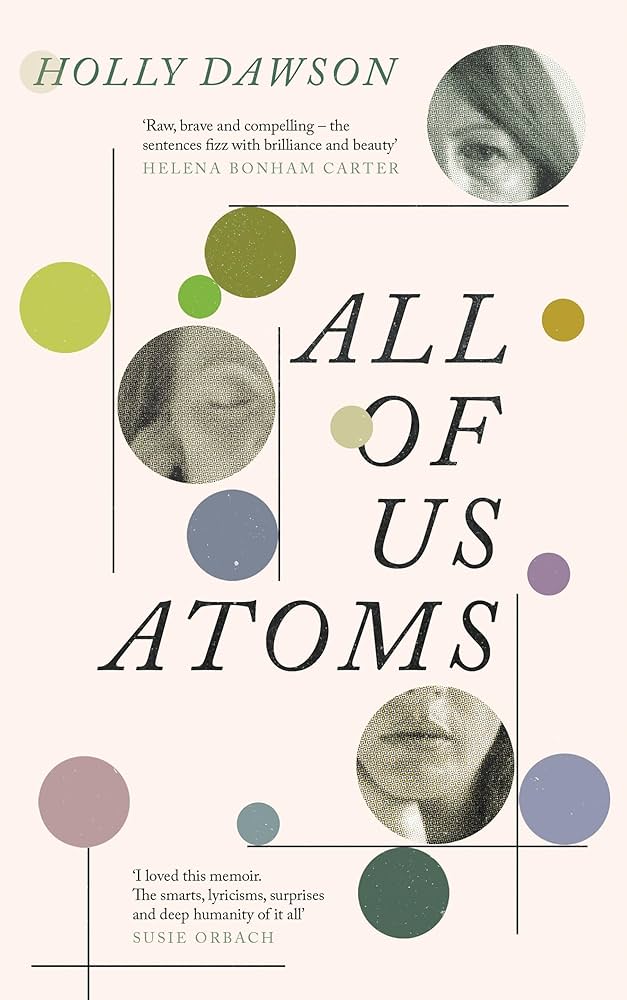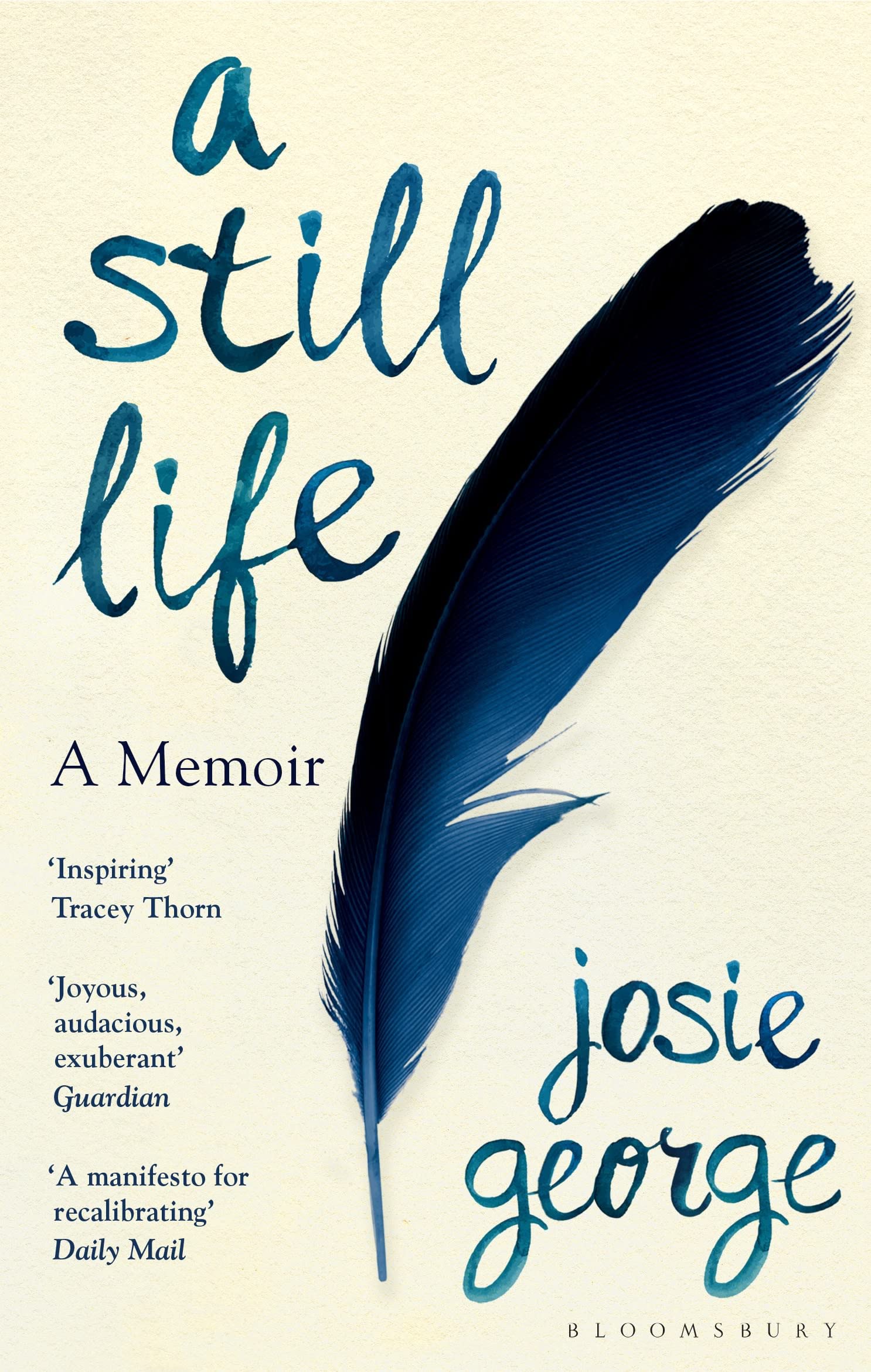ARTICLE AD BOX
The health memoir is, you might say, in tiptop condition. Robust, even. The section the genre occupies in bookshops – normally towards the back of the store, a safe distance from Jack Reacher and those Thursday Murder Club people – tends to enjoy consistent footfall, the carpet running threadbare as prospective readers loiter and mooch, browsing at length.
They are, invariably, spoilt for choice. Each month seems to offer ever more first-person accounts of living with cancer, or surviving cancer; those who have gone through a psychotic episode, or else have been diagnosed – or reliably misdiagnosed – with one of the many chronic conditions whose NHS pages offer such scant information. These are books that take confusion and distress as their starting points, but are filled with the indefatigable human spirit of survival. (Crucially, none possess the hectoring tone of its close cousin, the self-help tome.)
“Twenty years ago, memoir was an aristocratic vanity project,” says Holly Dawson, author of a health memoir of her own, All of Us Atoms, which is published this week, “but now it seems everyone is writing about their lives.”
If we read primarily in pursuit of escapism, we do so also to improve our understanding of life and its curveballs. “At some point,” Dawson says, “each of us will fall ill with something, or else someone close to us will.”
The genre is often notable for some particularly fine writing, as if the misery of illness has a direct impact on the quality of prose. Joan Didion may never have written a dull paragraph in her life, but her 2005 grief memoir, The Year of Magical Thinking, revealed her at her most nakedly emotional. More recently, there was Simon Boas’ A Beginner’s Guide to Dying (2024), his tenderly sanguine account of living with the throat cancer that would kill him, aged 47, shortly before the book’s publication. Elsewhere, Robert McCrum’s My Year Off (1998) was profoundly affecting on the debilitating stroke he survived at the age of 42. To have gone through a particularly low point in life and still find yourself capable of documenting it is no small feat.
To this list now comes Dawson’s All of Us Atoms, one of the most stylistically arresting books of the year. Dawson, a playwright and teacher of creative writing, fell ill six years ago, aged 35, her body suddenly home to a multitude of health issues that doctors were struggling to diagnose.
Eventually, she was diagnosed with Lyme disease, which wasn’t entirely a surprise to her: “I used to lie on the grass with hedgehogs, ticks everywhere.” But because it took so long to diagnose, “I just became sicker and sicker. I got arthritis and couldn’t unclaw my fingers; I had difficulty breathing. Then it got into my bloodstream, and I started to have grand mal seizures.”

When she was admitted to hospital for – at last – a series of more extensive tests, an unwelcome surprise was awaiting her. “They found a tumour in my brain, and areas of calcification – and then the pandemic hit, so I couldn’t see the neurologist, and they couldn’t tell me whether the tumour was benign or not for quite a few months. So I was like, Oh, am I going to die?”
Dawson has long kept a journal. These entries then became a book that reads like an exquisite fever dream, employing as it does a panoply of voices – first-person, second and third; past tense and present – in order to come to terms with what was happening to her, and why. The seizures affect her memory and language skills, as does the medication she is required to take. What is a writer without language?
If all this makes things difficult for her on a day-to-day basis, then it gives All of Us Atoms a vivid urgency as she considers just how much time she may have left. It’s also a beautiful paean to motherhood, and to the profound love she feels for her young sons. Going public with it, however, is clearly a daunting prospect.
“This is my first interview,” she confesses, scrunching her eyes up. “So I’m pretty self-conscious!” Even referring to her book as a memoir at all brings her out in (strictly metaphorical) hives; there were many debates with her publishers about it – which she won. “It now doesn’t say ‘memoir’ on the jacket!” she says, victorious. When I ask why that was so important to her, she laughs. “Calling it a memoir, for me, feels very Victorian – and I’m not a duchess!”
She explains that, as a teacher of writing, she has employed a certain creative licence in the narrative. “This isn’t a memoir in which I record every step along the way, or where everything lines up neat and tidy. It’s messy. I’m much more interested in what John Updike calls the ‘felt life’, or Werner Herzog, who refers to the ‘ecstatic truth’. He said, ‘If you want facts, read the phone book.’”
Her objective, then, is not so much a straightforward autobiography as a series of disjointed dispatches to convey just how much living as she does feels. In this, she succeeds wildly.
Chronic conditions are difficult to diagnose. This places the prospective patient in the worst kind of limbo, a position riven with uncertainty and fear. When Josie George wrote her memoir A Still Life in 2019, she had already spent many years living with a series of ailments that doctors couldn’t even agree on what to label, much less how to treat. She was in pain all the time, and in near-constant exhaustion. Unable to leave the house for very long, and reliant upon a mobility scooter when she did, her exposure to the outdoor world was mostly reduced to her small back garden.

“I wrote my book because I wanted to suggest that people like me still have a voice worth listening to,” George tells me. “Living differently changes you. It changes the way you think, the way you see things, and I just had this aching desire to share with people the benefits, and perhaps even some of the wisdom, I’ve gained from living this way.”
Her book made an impact with doctors as well as with readers. “GPs have told me that they are now giving A Still Life to trainees to help them see the person behind the illness,” she says. “That’s very gratifying.” In lieu of ever having a definitive diagnosis — lupus had at one point been suggested, as had a variety of mental health conditions — she eventually realised that there was nobody better placed to help her to live within her limitations than herself, something she has achieved on her own quietly defiant terms.
George is about to publish her second book, Letters from Wonderland, which takes the form of a series of letters written to children in the hope of encouraging them to embrace the natural world around them. “A lot of pressure is being put on this new generation to save the planet we’ve been busy destroying,” she says. “But we can’t expect them to save the world if they don’t learn to love it first, can we?”
There is a generosity of spirit here that is perhaps typical, even unique, to the health memoir. Through suffering comes a perspective from which the rest of us can learn.
In the creative writing classes she teaches, Dawson has noticed an increasing shift towards memoir. All her students want to write one. She cites the commercial success of Deborah Levy’s “living autobiographies” as the impetus. Levy’s three books in this series – Things I Don’t Want to Know (2013), The Cost of Living (2019), and Real Estate (2022) – were written “in the storm of life”, each detailing daily existence as it is lived, with all its complications and cursory humblings.
“It can be quite thrilling writing memoir because, unlike in fiction, you have nowhere to hide,” Dawson says. “And to find yourself unwell is to begin an interrogation. You look for answers, for someone – or something – to blame.” She had previously always brushed aside her body’s protests, but no more. “I’d trained as a ballerina, and ballerinas are taught to ignore pain, to work through it, and to transmit only serenity. So I did; I saw myself as a brain on legs. But when you can’t ignore it any more – when the body screams ‘HELLO!’ – it creates conflict.” This is good news for the writer. “Good ideas come from conflict and curiosity.”
And so the writer turns to memoir, while the reader reads it in order to feel less alone. How better, Dawson posits, to find the solace we so sorely need?
“In the post-pandemic world, many of the things that used to connect us have dissolved. Where are we going to find meaning otherwise, in what is now a largely secular society, and one in which we’ve lost trust in our governments and authoritative structures that might previously have given us a sense of grounding? We no longer live in the same family and community structures that we used to, and so we turn to books like these as a place to say: these are my bones, what are your bones, and are my bones like yours?”
Suddenly, she stops short and giggles, a hand to her mouth. A blush comes. “Am I talking too much? I’m talking too much, aren’t I?” I reassure her that she isn’t.
Dawson ultimately believes the more we talk about our bodies and what’s hurting us, the better. “Then we can normalise our wonkiness. Because,” she says, “we’re all wonky.”
Holly Dawson’s ‘All of Us Atoms’ is published this week. ‘Letters from Wonderland’ by Josie George is published on 5 June

.jpeg?trim=0,212,0,211&width=1200&height=800&crop=1200:800)







 English (US) ·
English (US) ·